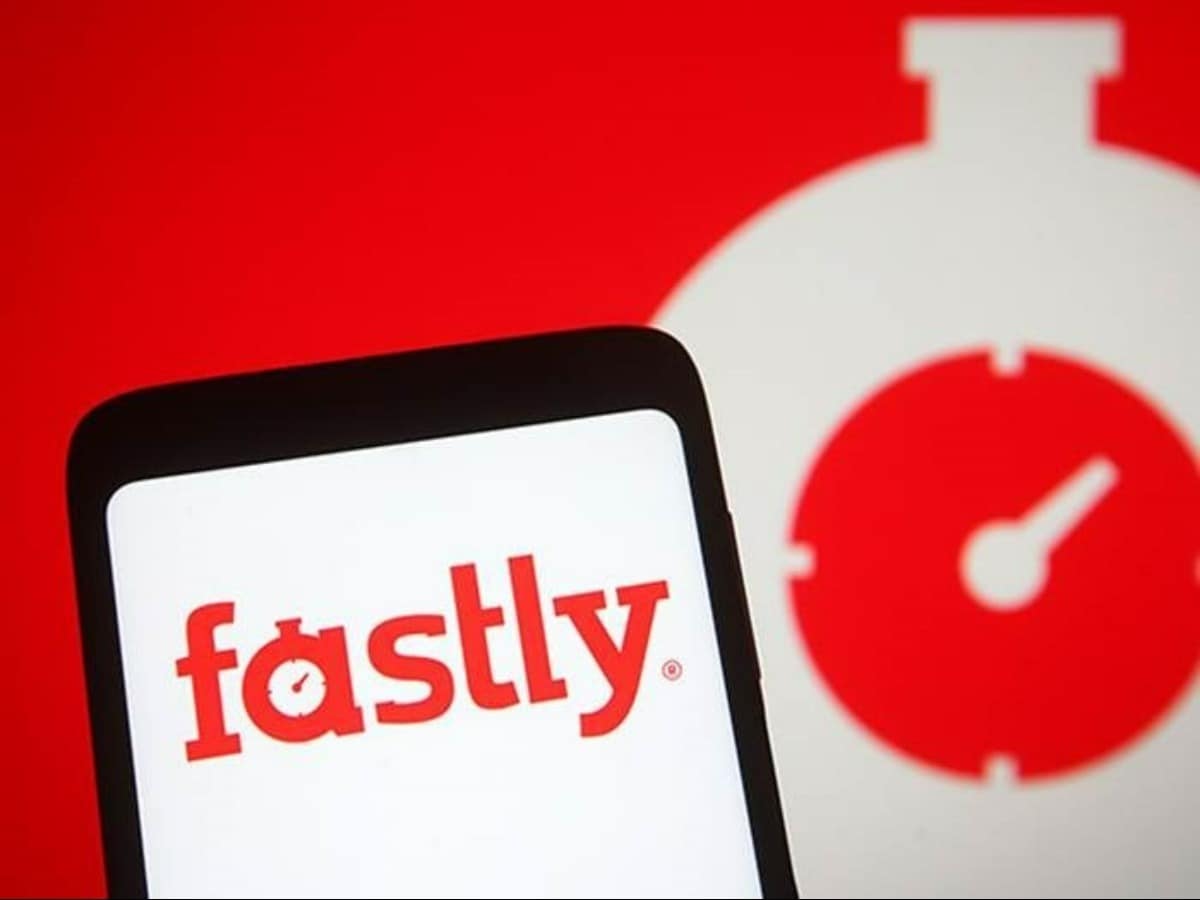Fastly's [FSLY] stock has been on a downward spiral for most of this year, as investors exit the high-growth startup on profitability and valuation fears.
Since the start of the year, Fastly’s stock has fallen 44.20% as of Friday 30 July’s $48.07 close, and 59.90% from its year-high point at $119.92 on 10 February. Despite the pullback in the stock, its “valuation remains pretty expensive at over 14.5x forward revenue”, reports Seeking Alpha.
With revenue forecast to grow over the next few years, the key question for investors is whether the company can achieve profitability and could weaker-than-expected Q2 results present a fresh buying opportunity on the stock?
What could move Fastly’s share price post Q2 earnings?
Fastly, whose clients include the New York Times, Pinterest, Shopify and Wayfair, operates a network of servers and data centres globally. Its edge cloud platform provides users with faster internet response times and content delivery.
The US cloud-computing startup has been able to grow its client base and spend, with total customers up by 123 quarter-on-quarter to 2,207 at the end of Q1, while the average enterprise customer spend rose $18,000 from Q4, to $800,000 in Q1.
Analysts will be watching these numbers closely in Wednesday’s Q2 update – a beat on both metrics could entice buyers to Fastly stock and give its share price a boost.
Fastly’s share price received a shot in the arm last Wednesday, rising 4.65% to $50.35, after it announced it was releasing a beta version of its Signal Sciences agent on its edge cloud platform. An agent is an interface between web servers and the cloud, in this case, it enables developers to protect their apps and APIs from the cloud, onsite, in a hybrid environment, or at the network edge. Any further updates announced in the Q2 results will be closely watched – a positive update on the beta version could again move the dial on Fastly’s share price.
100%
Fastly's share price rise since its IPO in May 2019
The imminent arrival of former Fitbit CFO, Ron Kisling, who is due to start his new role as CFO this month, offers hope for investors. Kisling has a reputation for large-scale M&A, reports Seeking Alpha – FitBit was acquired by Google [GOOGL] for $2.1bn in January. Kisling’s arrival may suggest Fastly could become a target for larger tech firms, particularly if Fastly’s stock continues to slide. It’s worth remembering that the shares are still up around 100% since its IPO in May 2019.
Looking ahead, Fastly operates in an industry that is estimated to be growing at an annualised rate of more than 34% for the next five years, from $3.6bn to $15.7bn by 2025, driven by a number of factors, including a growing adoption of ‘internet of things’ across industries and rising demand for low-latency real-time processing. These numbers suggest investors could be rewarded for patience with Fastly’s shares.
What happened in last quarter's earnings?
Fastly’s Q1 earnings in May showed revenue grew 34.85% versus Q1 2020 to $84.85m. Loss per share (EPS) came in at $0.39, worse than analysts had expected at $0.29. Fastly also upped its guidance for the full year to a range of $380m to $390m – the midpoint would represent annual growth of 32.3%.
$84.85million
Fastly's Q1 revenue
When is Fastly reporting Q2 earnings?
Wednesday 4 August
What is Wall Street expecting?
Wall Street expects a year-on-year decline in EPS on higher revenues for Fastly’s second quarter to the end of June. According to Zacks Investment Research, the consensus EPS forecast for the quarter is -$0.34, versus loss of $0.14 for the same quarter last year, reports Nasdaq. Revenue is expected to come in at $86m, up 15.2% from Q2 2020, according to Zacks.
The eight analysts offering 12-month price forecasts for Fastly shares have a median target of $52.50 according to CNN, which represents an 8.44% increase from last week’s $48.07 closing price. The current consensus among 11 analysts is to hold Fastly stock, with two Buy, seven Hold, one Underperform and one Sell rating.
Disclaimer Past performance is not a reliable indicator of future results.
CMC Markets is an execution-only service provider. The material (whether or not it states any opinions) is for general information purposes only, and does not take into account your personal circumstances or objectives. Nothing in this material is (or should be considered to be) financial, investment or other advice on which reliance should be placed. No opinion given in the material constitutes a recommendation by CMC Markets or the author that any particular investment, security, transaction or investment strategy is suitable for any specific person.
The material has not been prepared in accordance with legal requirements designed to promote the independence of investment research. Although we are not specifically prevented from dealing before providing this material, we do not seek to take advantage of the material prior to its dissemination.
CMC Markets does not endorse or offer opinion on the trading strategies used by the author. Their trading strategies do not guarantee any return and CMC Markets shall not be held responsible for any loss that you may incur, either directly or indirectly, arising from any investment based on any information contained herein.
*Tax treatment depends on individual circumstances and can change or may differ in a jurisdiction other than the UK.
Continue reading for FREE
- Includes free newsletter updates, unsubscribe anytime. Privacy policy





